Cities, General
Local specificities in shared micromobility usage
21 August, 2019
As one might imagine, the usage of shared bikes, e-bikes and e-scooters really depend on the place it is available in. Thanks to my friends of fluctuo and their City Dive tool, let’s dive into some European cities…
This analysis is based on data from July 22nd to August 20th, a holiday period for all European countries affecting, of course, the users’ habits. I tried to keep it in mind while writing.
Paris specific touristic patterns
Let’s start with the city of lights, which I know best. The most interesting thing to see is the different pattern between shared e-bikes (data from Jump, Mobike and Oribiky) and e-scooters (data from Bolt, Bolt M, Hive, Jump, Tier, Voi, Wind):
E-scooter are remarkably used in the main touristic zone of Champs-Elysées, Tour Eiffel, rue de Rivoli and Ile de la Cité, while e-bike usage is way more spreaded around the city, in the most lively neighbourhoods. The hypothesis of e-scooters being touristic vehicle and e-bikes being commuting vehicles is strengthen by the time distribution: you can only spot the peak hours for e-bikes on work days.
In terms of ridership, with a little 1 trip/e-scooter/day, and 0.7 trip/bike/day, the free-floating services remain way behind the average 5 trip/Vélib/day.
Berlin, same but more usage
We are getting the same conclusions from Berlin. E-scooter (data from Tier and Voi) usage does look as touristic, with a concentration in Mitte, Kreuzberg and Charlottenburg neighbourhoods, and no peak period.
E-bikes (data from Byke, Call-a-Bike, Jump and Mobike) are used citywide, and the peak periods confirm a commuting usage.
Usage rates are slightly higher than in Paris, with 2.2 rides/e-scooter/day and 0.84 ride/e-bike/day
Scooty Stockholm
With an average of 5500 e-scooters from Moow, Tier and Voi, Stockholm has a huge offer available (but sadly no shared e-bikes). With 2.9 trips/e-scooter/day, we can first spot that it is largely used!
And this time, e-scooters are really used as a commuting option: all areas of the cities are covered, with identifiable peak hours both in the morning and evening.
Well, e-bikes and e-scooters seems not to serve the same needs!
In cities where both shared e-bikes and e-scooters are available, we are noticing the same usage habits. It seems that e-scooters are favoured for tourism and leisure while e-bikes are the favourite for commuting. Should we say that e-scooter = fun and e-bike = efficiency?
Taking the example of Stockholm, e-scooters seems to have answered a lack of light electric mobility services. The current bike-share scheme is mechanical only (Voi and UIP will operate e-bikes in 2020), so both commuters and tourists have adopted a sweat-free option.
The data confirm, if it was needed, the importance of the local environment. Each micromobility service is unique, depending on the local mobility landscape, the city’s points of interest, the cultural specificities, the cycling infrastructure… Understanding it at best is a key to operate successfully.
Learn more about fluctuo and their products here.
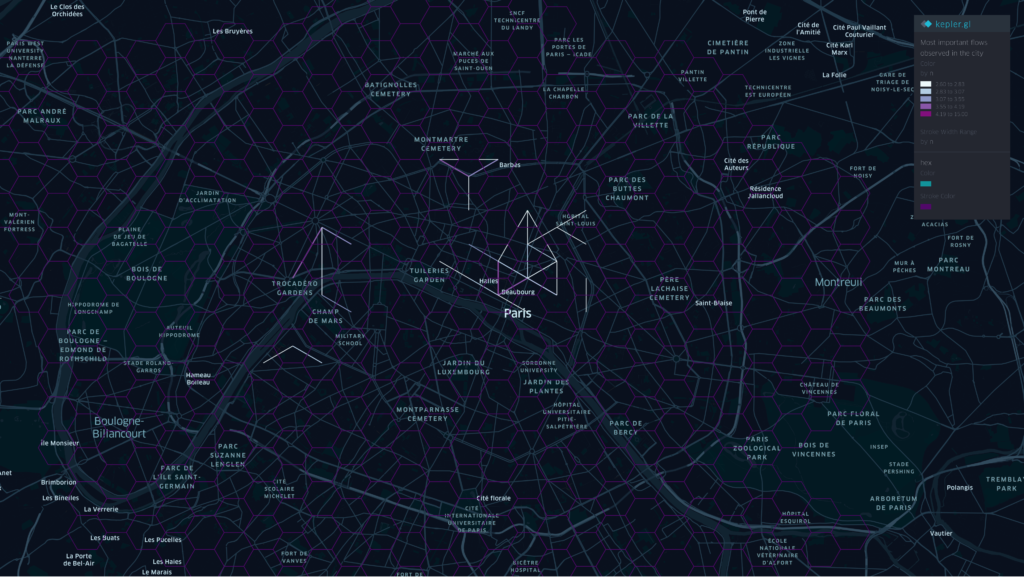

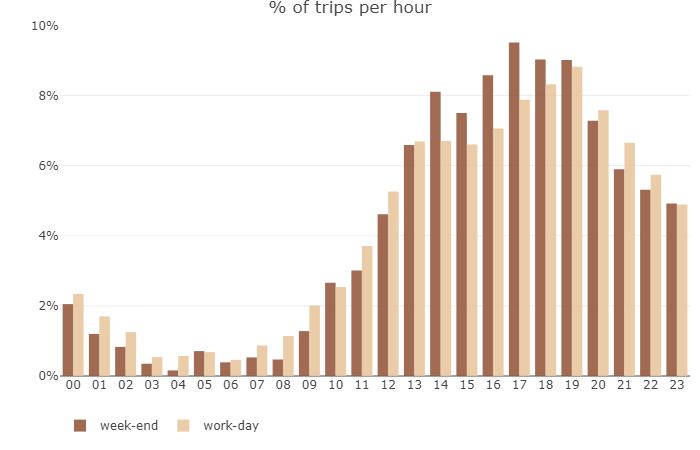

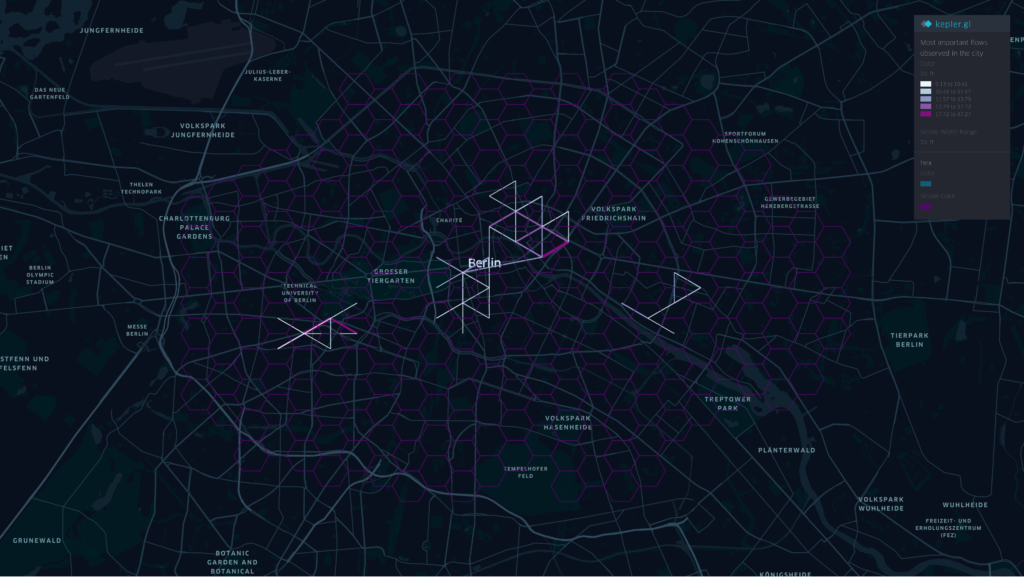
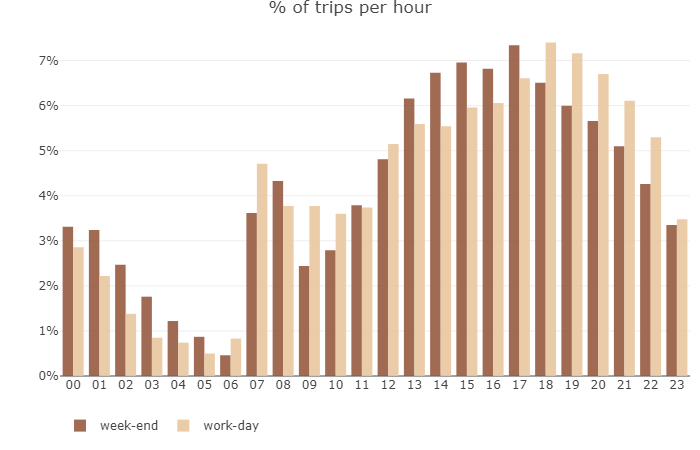

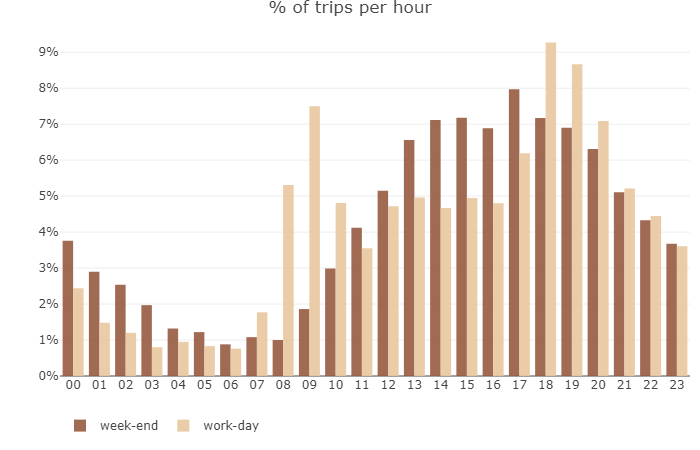


Leave a comment